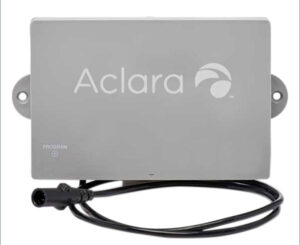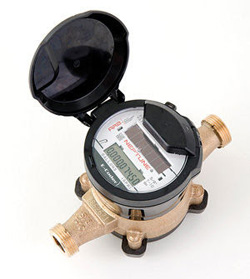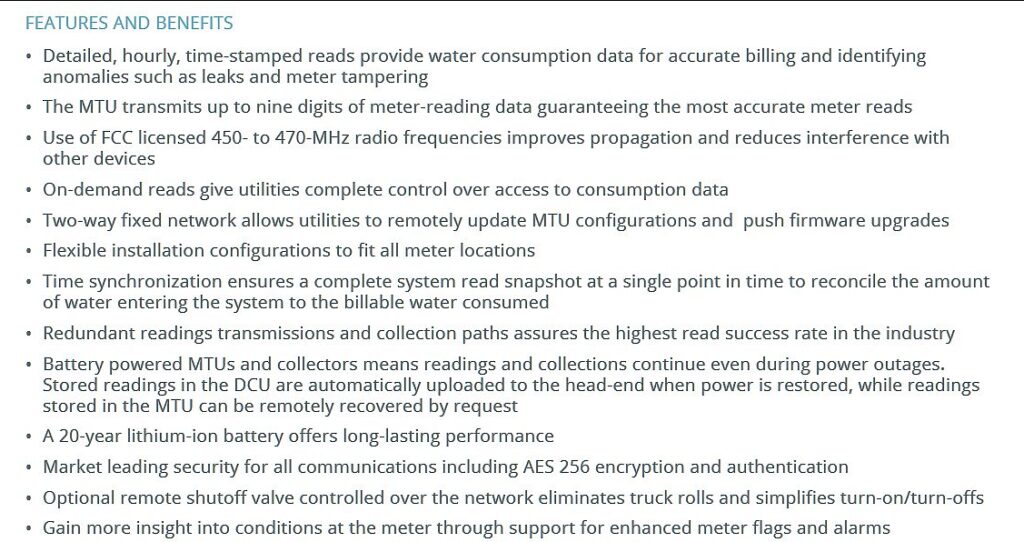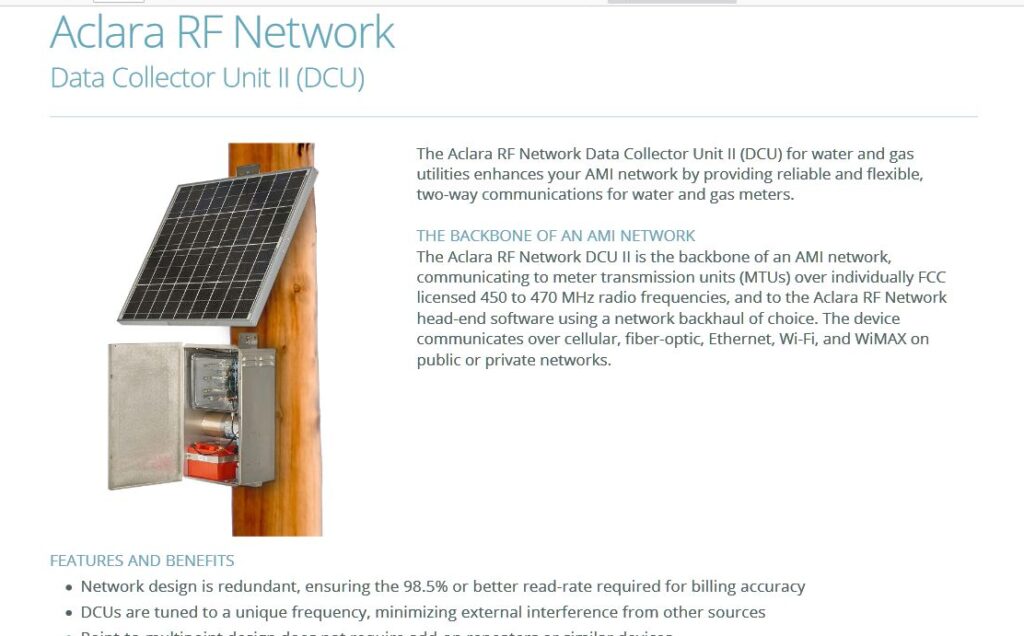Like smart electric meters, smart water meters are making many people ill. Smart water meters are almost always located inside the home, filling the home with nearly continuous radiofrequency emissions. For instance, one man in Inkster, Michigan, had his blood sugar and blood pressure levels skyrocket after the smart water meter was installed. He wasn’t aware of the installation, and neither he nor his doctor could understand why his levels had suddenly changed so dramatically. Months later, he learned about smart meters, and his doctor told him this was a likely cause of the sudden changes.
The best thing to do is to get your city to remove that meter! If you cannot, then I suggest that you get a Smart Water Meter Guard. This will cut down on your exposure, but will not block the RF altogether. You can use the coupon code LindaK on the Smart Meter Guard website, or contact me directly for a bigger discount.
Strictly, your concern is with the MTU (meter transmission unit), not the meter itself. The MTU is what transmits the data via wireless signals, and it is what is chattering 24/7 with other meters in the network.

Some companies use a meter and transmission unit combined into one.

Smart water meters, like smart electric meters, are continuously broadcasting RF waves. For example, the Neptune E-coder R900i transmits data to the utility every 14 seconds! Why, we might ask, does anyone—individual, government, or business—need to know 14-second water-usage intervals? It seems to be another case of “just because we can collect it, we will.” This meter has been installed in Romulus and other Michigan cities. See a YouTube video of smart water meter transmissions.
The meters use frequency-hopping spectrums, which further harm health. Ninety-six days of historical data can be retrieved directly from the meter and then downloaded.
The Neptune meter can force water-use restrictions by day on individual customers.
The City of Ann Arbor, Michigan, is forcing smart water meters on its customers, using the Aclara Star Network. The city lies and tells its customer who inquire that the meters aren’t smart. Well, technically they are correct. The “meters,” aren’t smart–they just measure usage. It is the MTUs, the meter transmission units that transmit the data that are smart. They chatter away, all day long, with other meters.
Many other bits of technology can be installed as well, including leak detection systems that transmit via radiofrequency.
Data on the Aclara smart water meters (AMI meters) being installed in Ann Arbor:
Aclara-RF-3400-Water-MTU1-Aclara-1 (This is the unit that transmits via RF and chatters as part of a mesh network. Even if the MTU sends a signal to the water department once an hour, the meters themselves are chattering away with each other constantly, just like smart electric meters, which transmit between 9,600 and 190,000 times per day.) Aclara website.
Aclara Current Position on Smart Water Meter MTU, Star Network, AMI
As you can see from this excerpt, the Aclara AMI system will provide for all sorts of different, constant, radiofrequency transmissions.
It’s not just the meter. Groups of meters need data collection units (DCUs), further adding to the saturation of our society with RF radiation.

Here you can see how, just like with smart electric meters, RF transmissions are constant. Well, you can almost see. What this diagram fails to show is the meters constantly chattering with one another.

